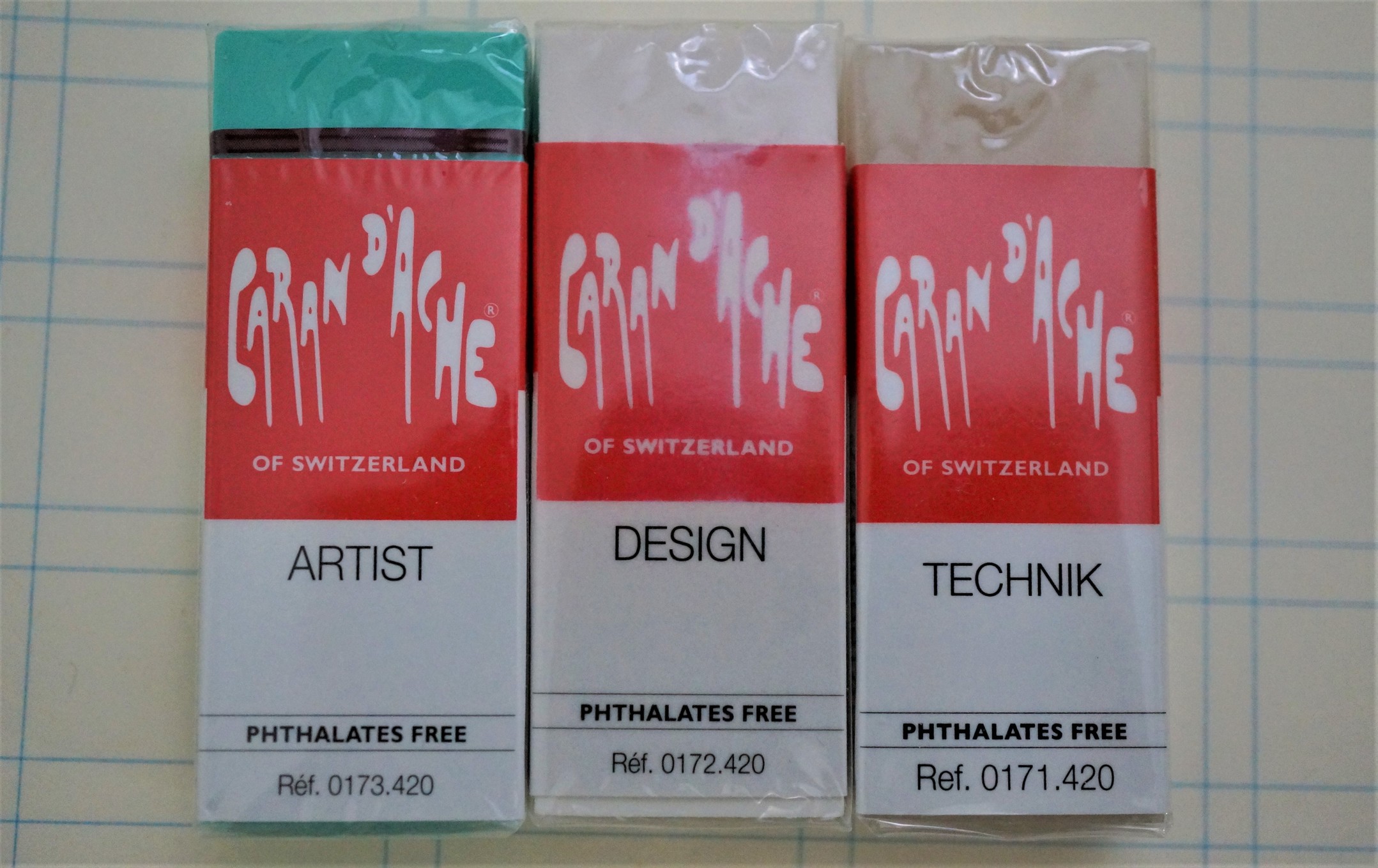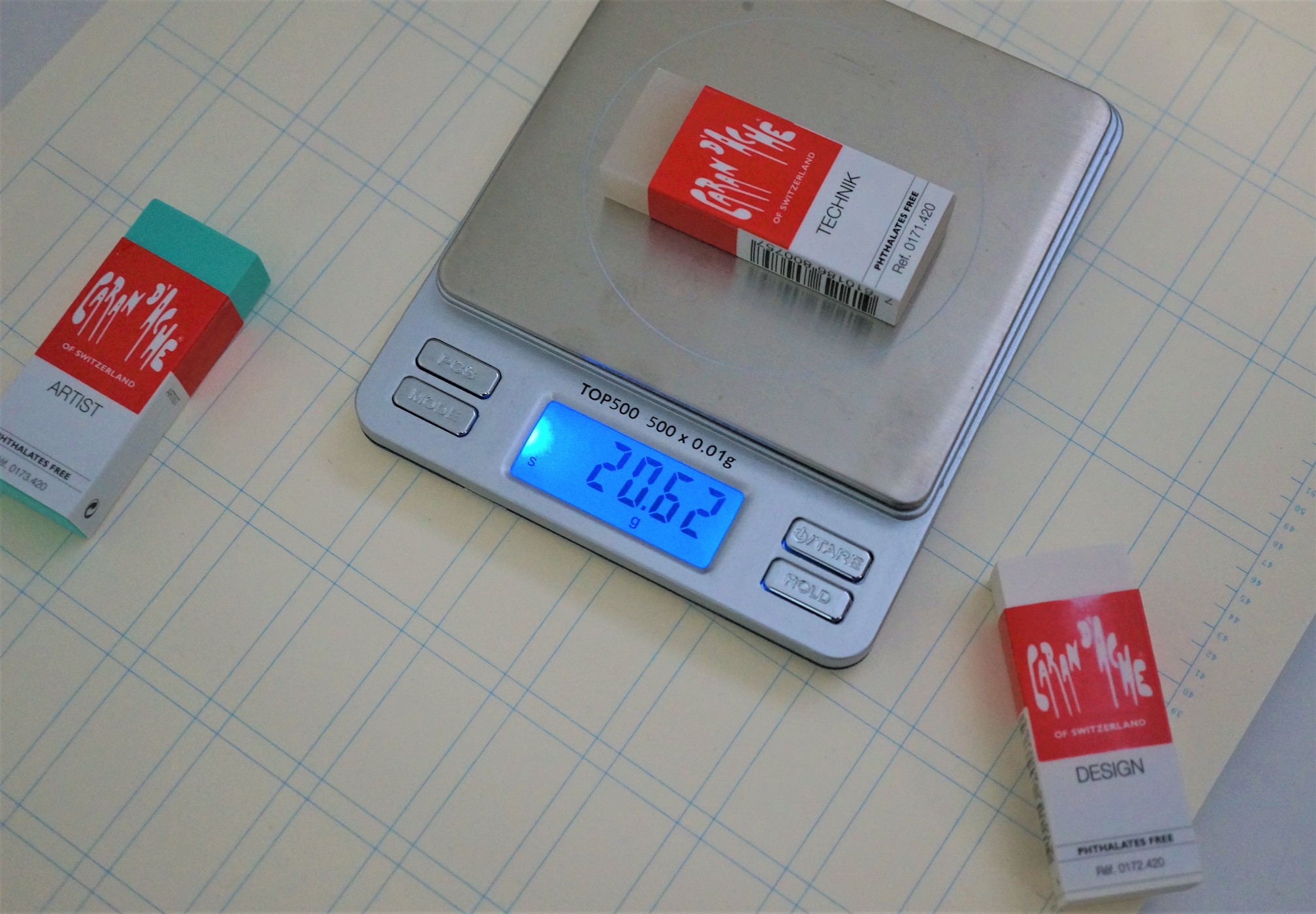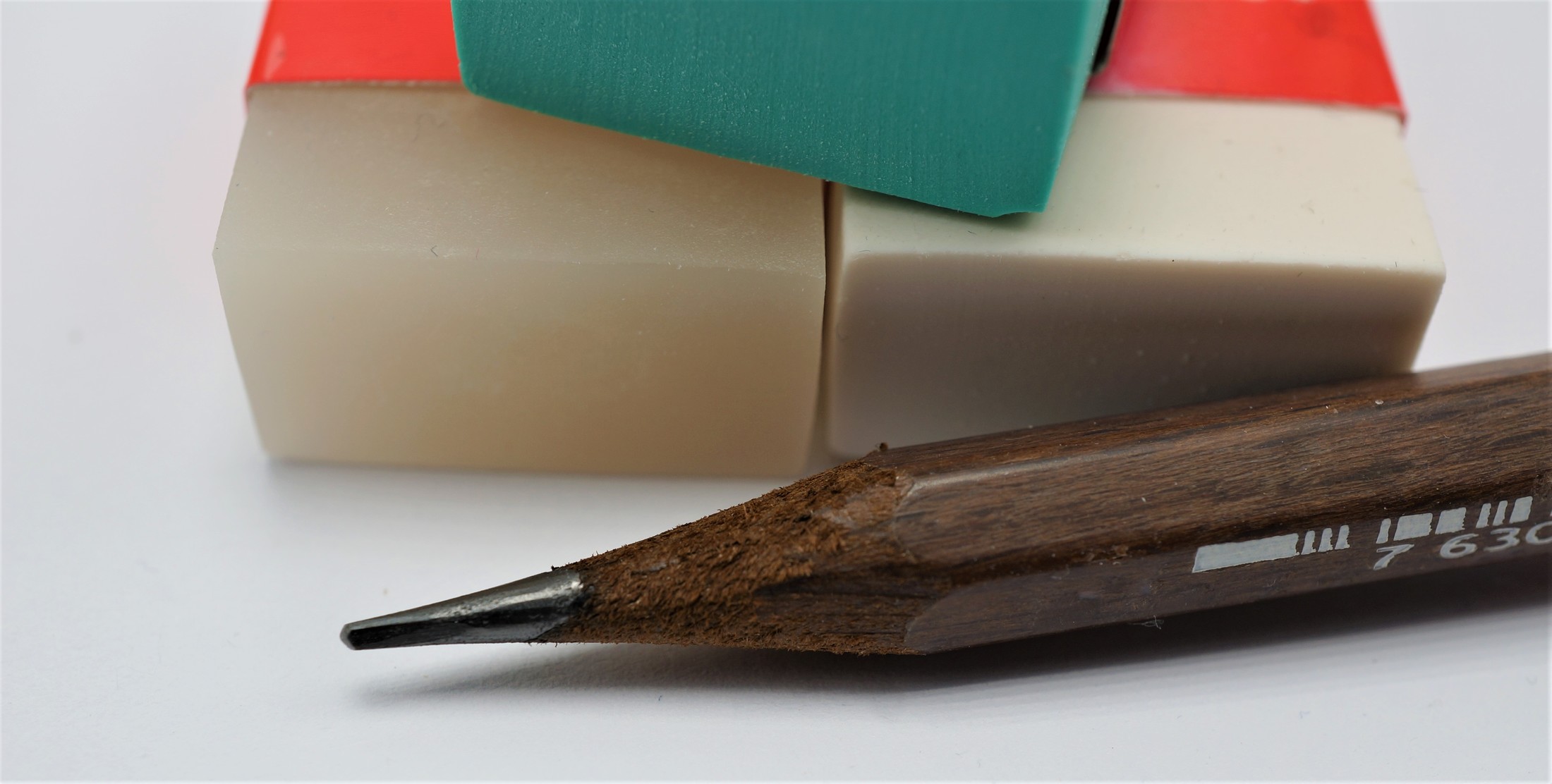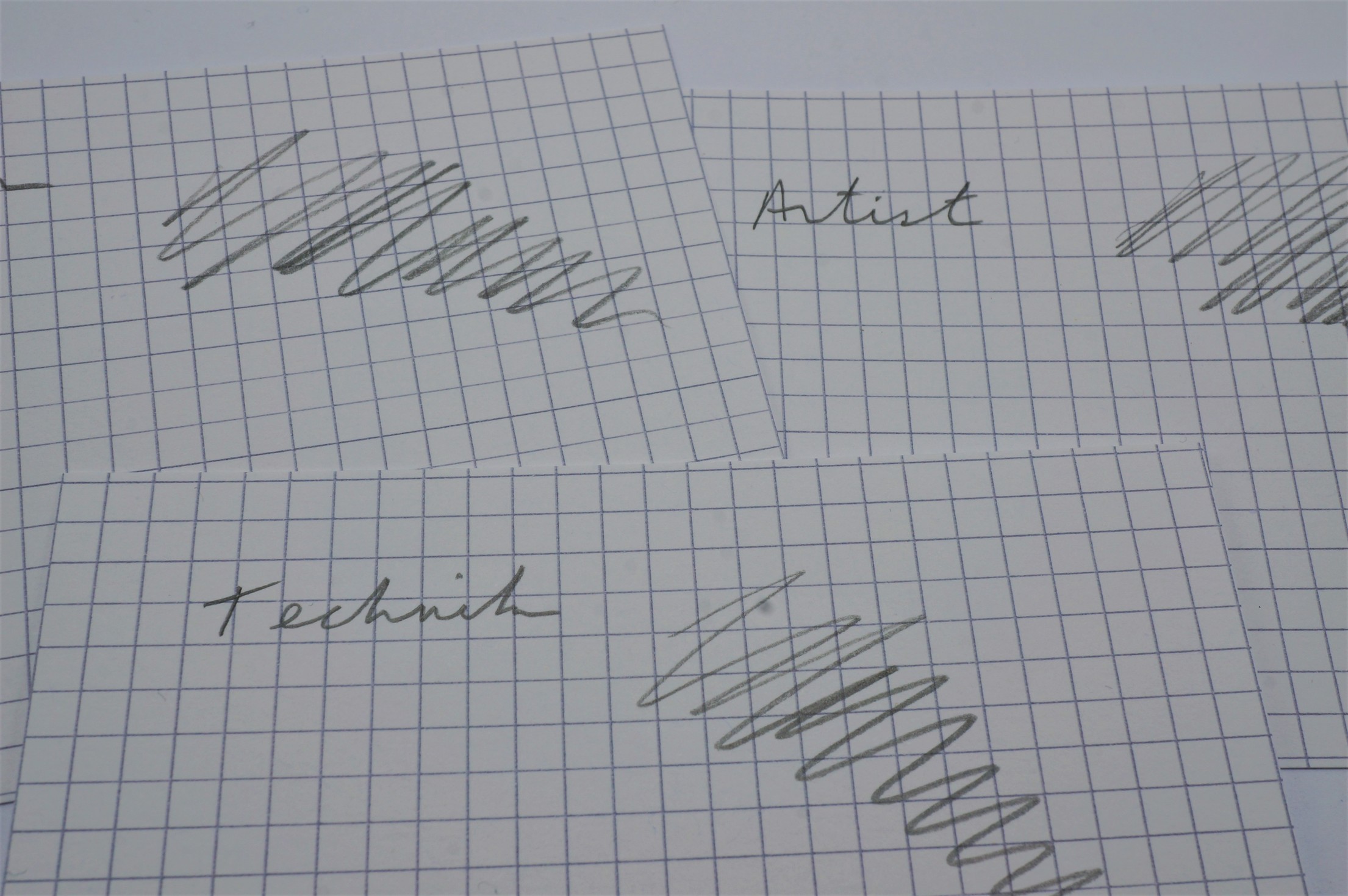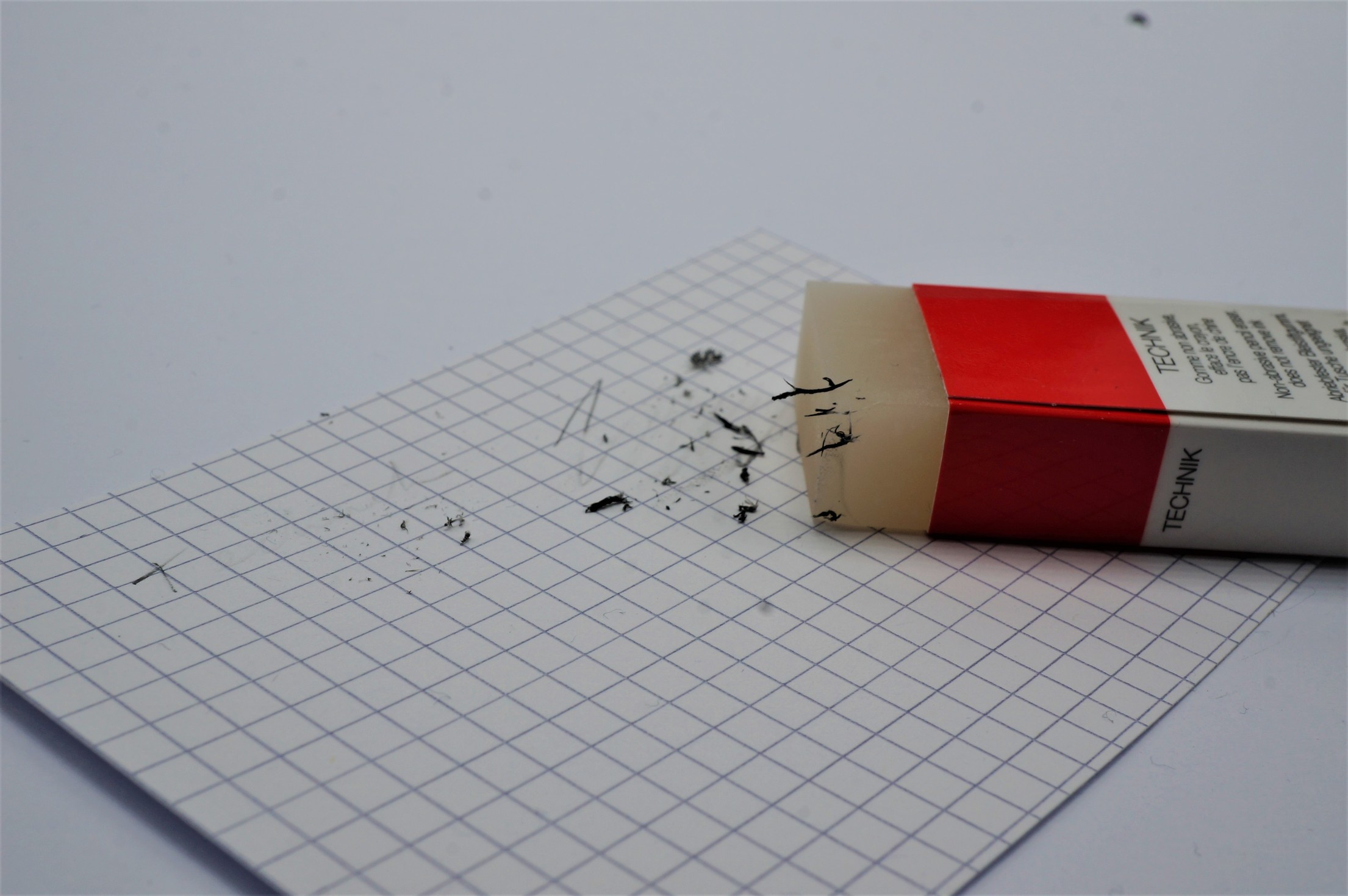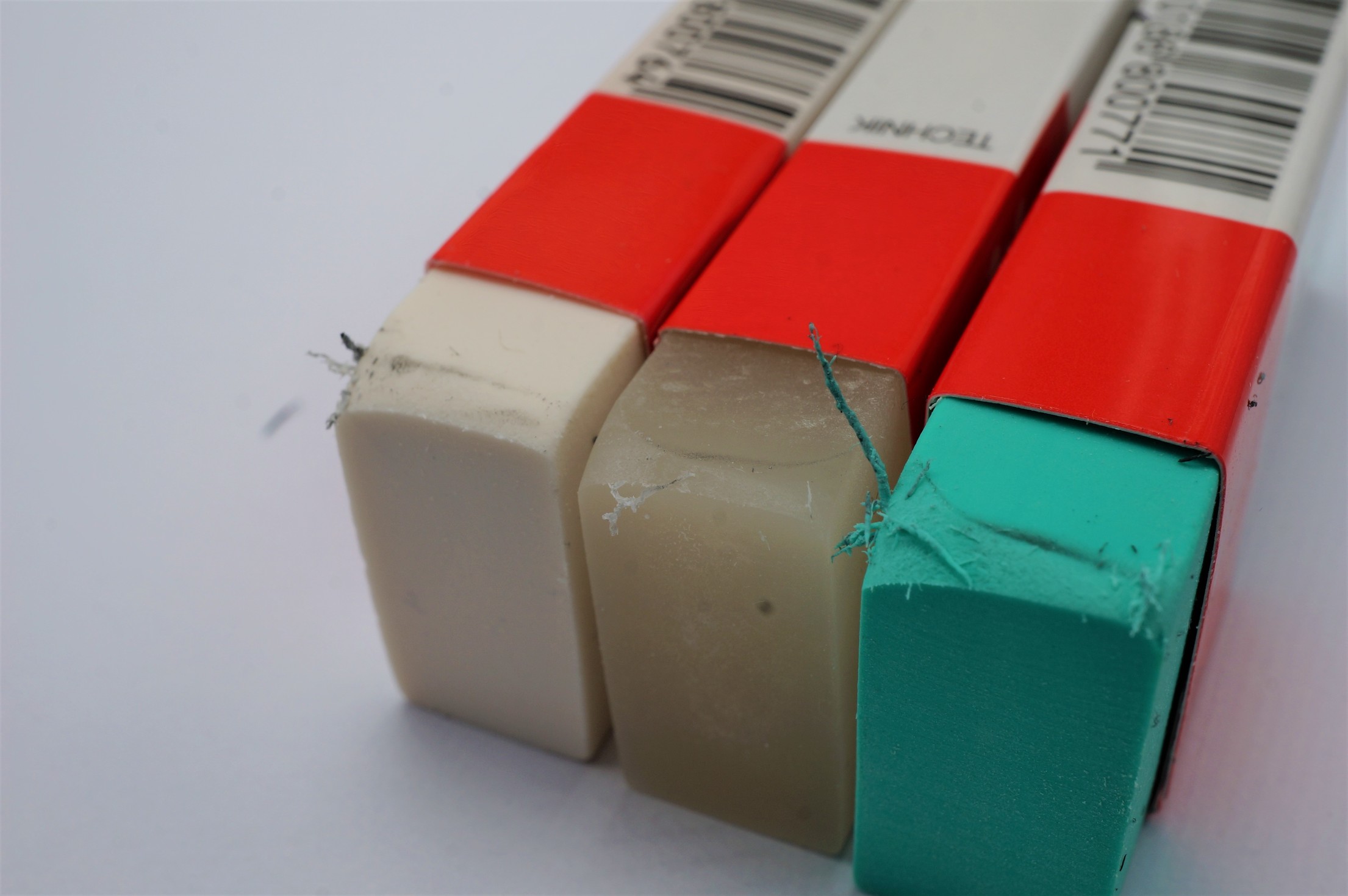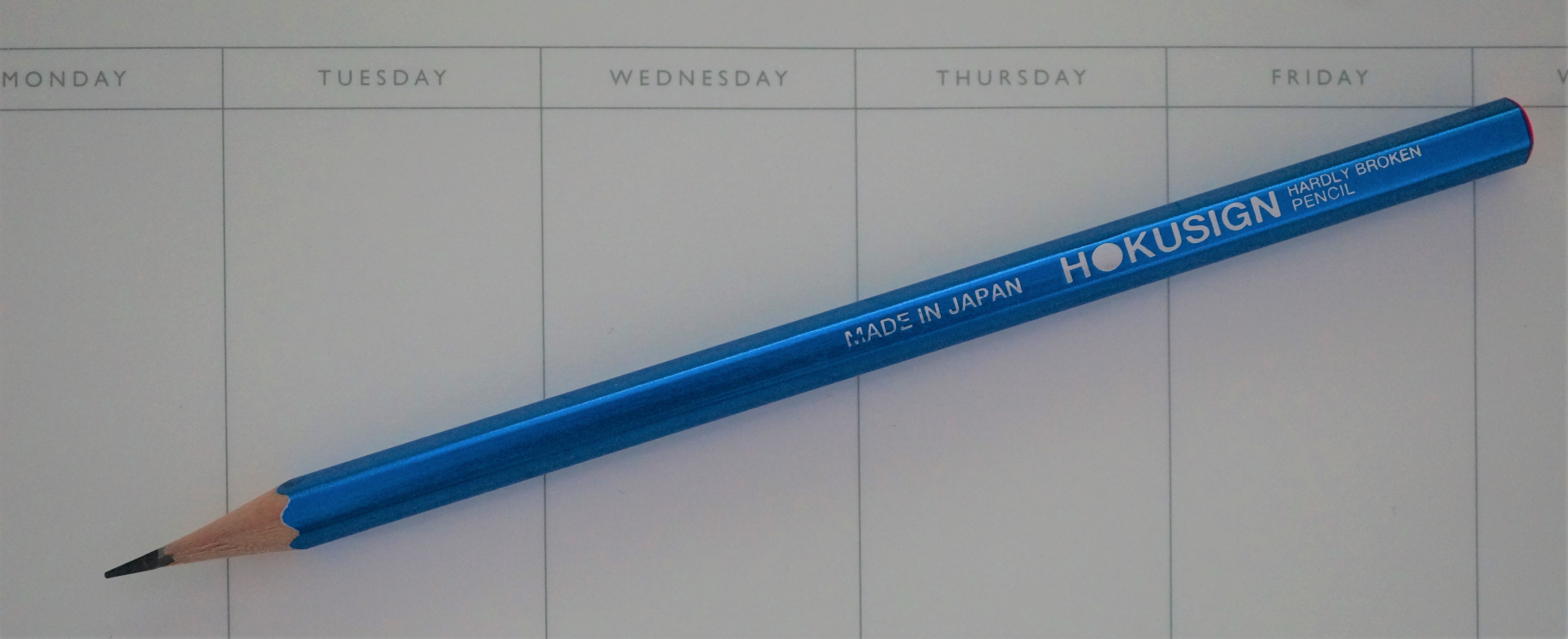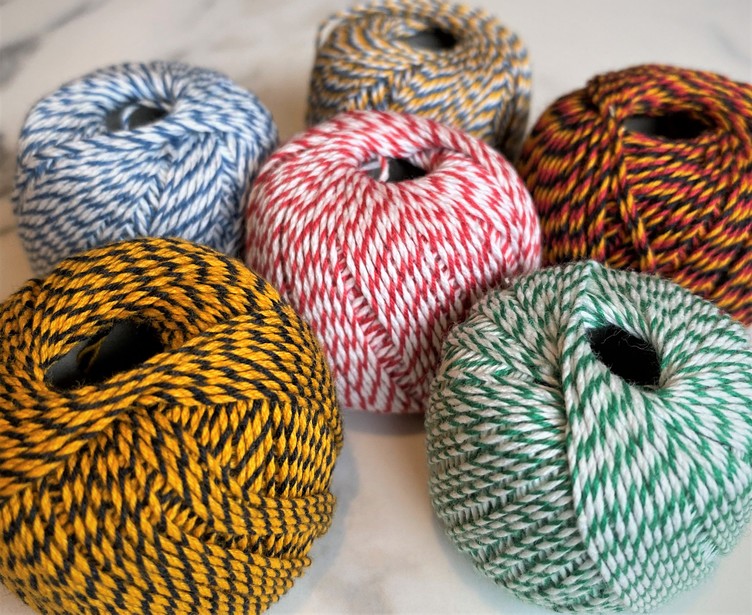
This post follows in the tradition of The Treasury Tag at Bleistift, a post which discussed a specialty stationery item.
The Princes of Paperwork (sorry, there may be a paywall) at The Economist discussed the Notary profession – in some European countries, notaries are embedded in the real estate process and earn a small percentage of the sale price for notarizing the sale documents. Being a notary in such an environment thus pays quite well. There is also – the stationery! In Germany, notarizing a document involves binding the document with string and sealing it with red wax. It even gets better – each German state has their own colour pattern for their string.
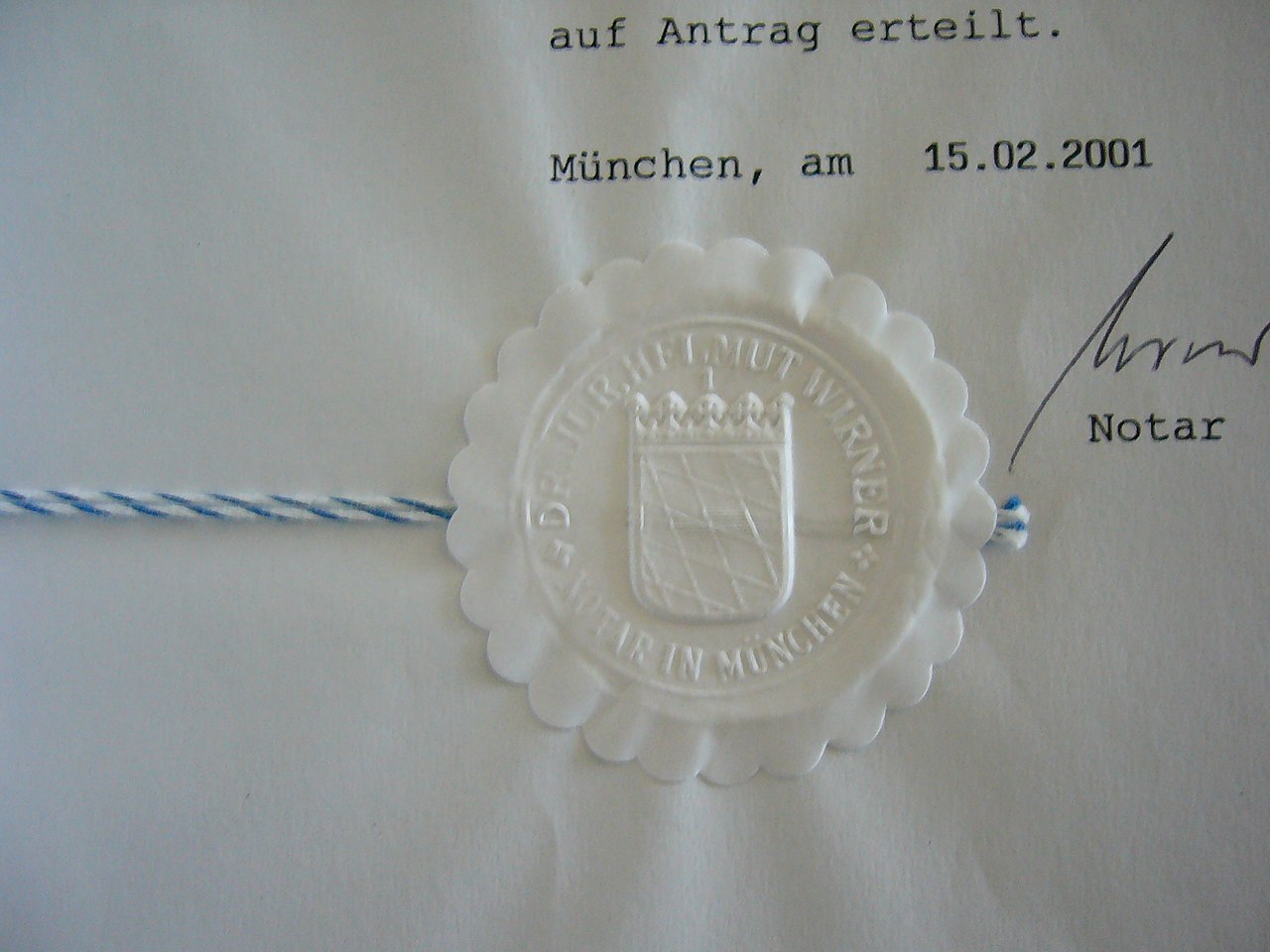
A Public Domain image showing the Bavarian version of the string with a notarial seal (but no red wax).
To my surprise, Montréal stationer Papeterie Nota Bene sells this string! (This blog visited Nota Bene in 2013.)
The colour coding (Blue and White for Bavaria, Green and White for Saxony, etc.) scheme can be found in the PDF catalogue of the 102 year old manufacturer Willy Heckmann GmbH & Co. (My thanks to Gunther from Lexikaliker for locating that catalogue.)
It can of course be used as office/household string. I think the colour combinations are nice. A long running German-English legal translation blog suggested in 2003 that translators may also be users of notarial string. An image search also shows quite a bit of historical use, particularly the red and white string.

